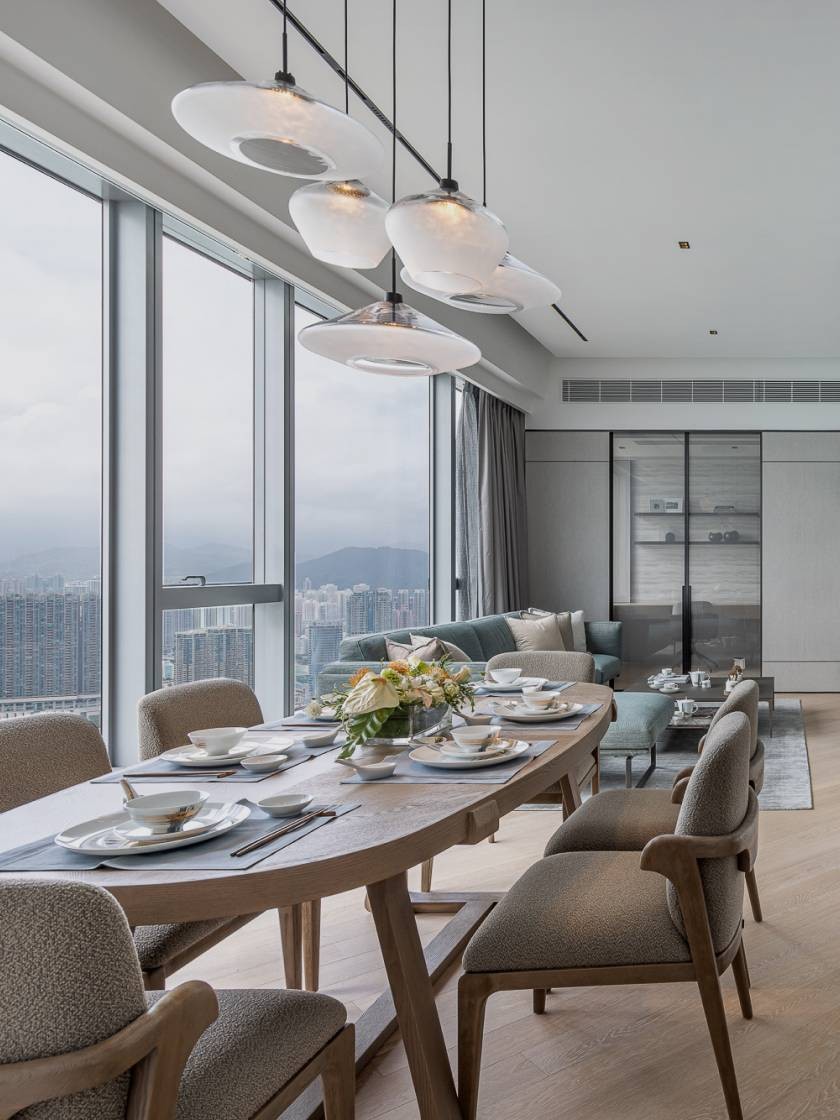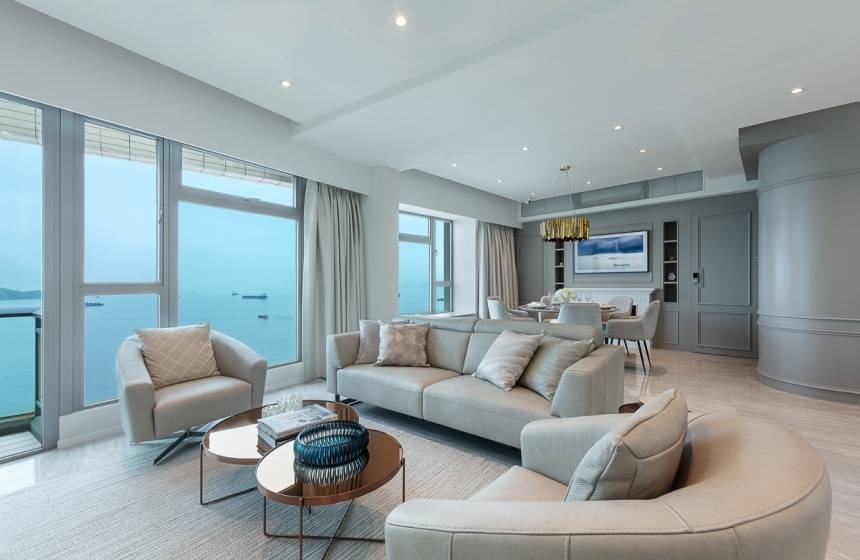Tips on European Style Interior Design
European-style interior design is characterized and identified by its timeless elegance and sophistication, with an essential focus on refined quality and craftsmanship, as well as bespoke details throughout the space. The style is rooted in the traditions of European countries such as France, Italy, and Spain, and is often associated with high-end luxury and fine living spaces including mansions, houses and penthouses etc., which is able to demonstrate the uniqueness of this style. Here are some tips on how to achieve this look in your home.
European style interior design often incorporates natural materials such as different types of stone tiles, marble, wood, leather and bronze, which is mostly can be seen in every corner of the room, some spaces feature materials imported from Europe as for their quality and aesthetics and these countries are having distinctive craftsmanships on materials and fabrics, these could add a sense of warmth and texture to a space, as well as bring in an ornate and comfy environment with materials from the nature; textured fabrics like velvet, silk, and linen can be found in bedroom areas also to add on depth and interest to a room layer.
Earthy colors are an important aspect of European-style interior design as they provide a calm, relaxing atmosphere while also providing a blank canvas that allows other elements of the design to stand out. This color palette includes shades of white, grey, beige, taupe, ivory, and some darker tones, which could deliver a more cohesive and sophisticated living space, the soft sensation could make it easier to live and relax. In addition, some European interiors would complement bold colors in the space to set a balance of boldness and calmness, Deep, rich colors such as burgundy, navy, and emerald green are commonly used, which could give a feeling of richness as details.
This style often pays attention to the details, which can elevate the overall aesthetics of the space. For example, intricate mouldings and trim work can be seen on the walls and ceilings, adding an ornate sophisticated touch and hiding up storage easily. High-quality textiles such as silk, velvet, and linen are often used for curtains, upholstery, and bedding, adding a sense of luxury and comfort to the space. Also, European interiors also tend to focus on functionality and organization, built-in cabinetry and shelving units can provide ample storage space while also enhancing the overall design of the room; the use of mirrors and reflective surfaces can also help to create the illusion of more space and light.
Incorporating antique or vintage furniture pieces that are made of high-quality materials such as solid wood or marble is very likely to be seen in European interiors since these items make a solid historical and traditional sensation to the space which is hard to place in common modern home designs; like wood and tiles flooring could give vintage accents. To balance the entire atmosphere of not being too much ancient and classic, some minimal and clean loose and fixed furniture and glass door wardrobe will be used to equalize the use of elements between old and new. Another contemporary element could be the use of smart living systems, like adding different adjustable lighting designs, and automatic systems to retain a convenient space to live.
Last but not least, another essential component of European-style interiors is probably the significant pieces that can be found in the design, serving as focal points that draw the eye and add interest to a space. These pieces can be large or small and can include anything from a luxurious large pendant to a piece of artwork,, vase, or a unique piece of furniture. They are often placed in prominent positions within a room, such as above a fireplace, on the feature wall or as a centrepiece on a coffee table.
















